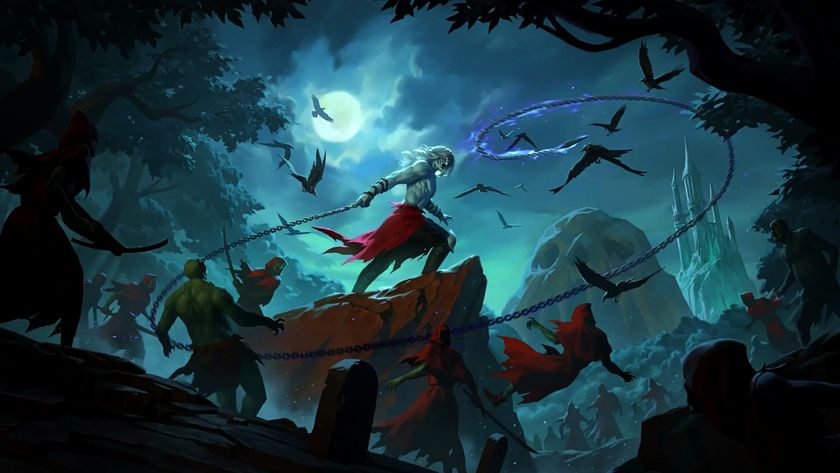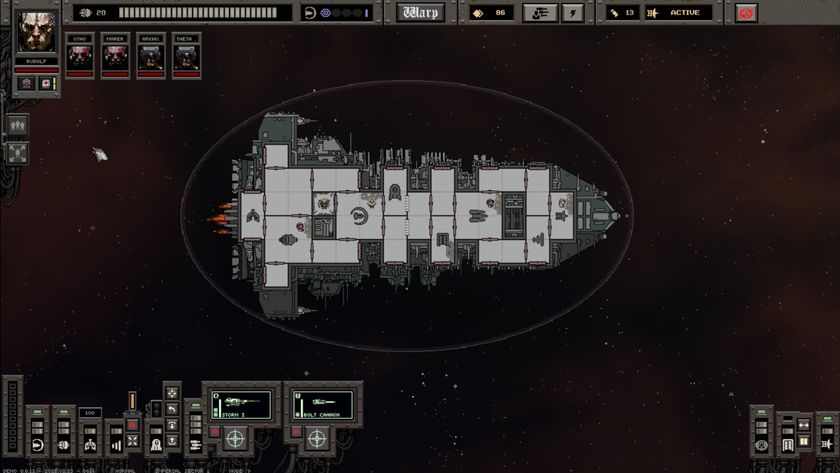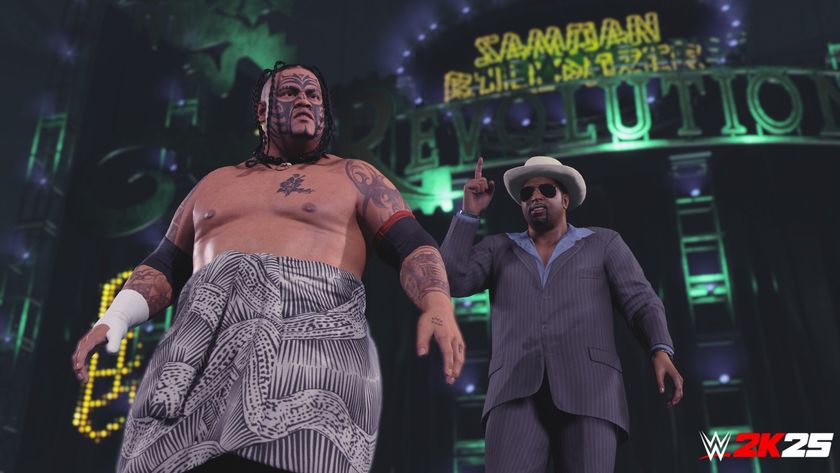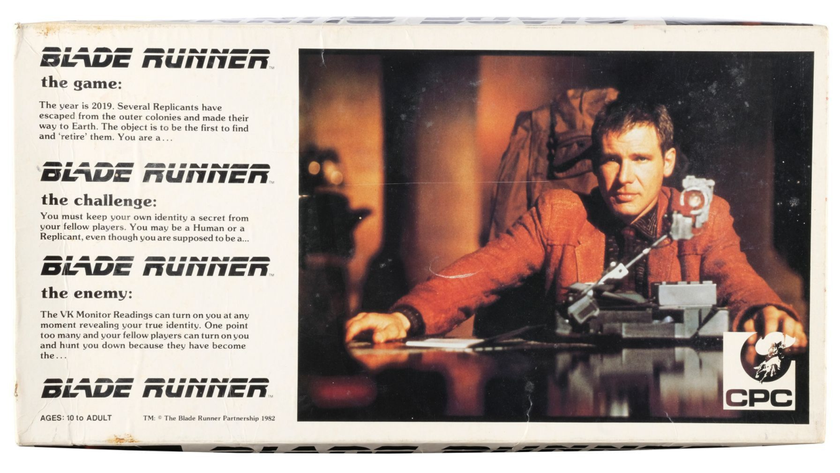Why the PS5 and Xbox Series X launch has been more complicated than any other next-gen console release
A global pandemic, stock shortages, and subscription services have contributed to a rather unconventional next-gen launch
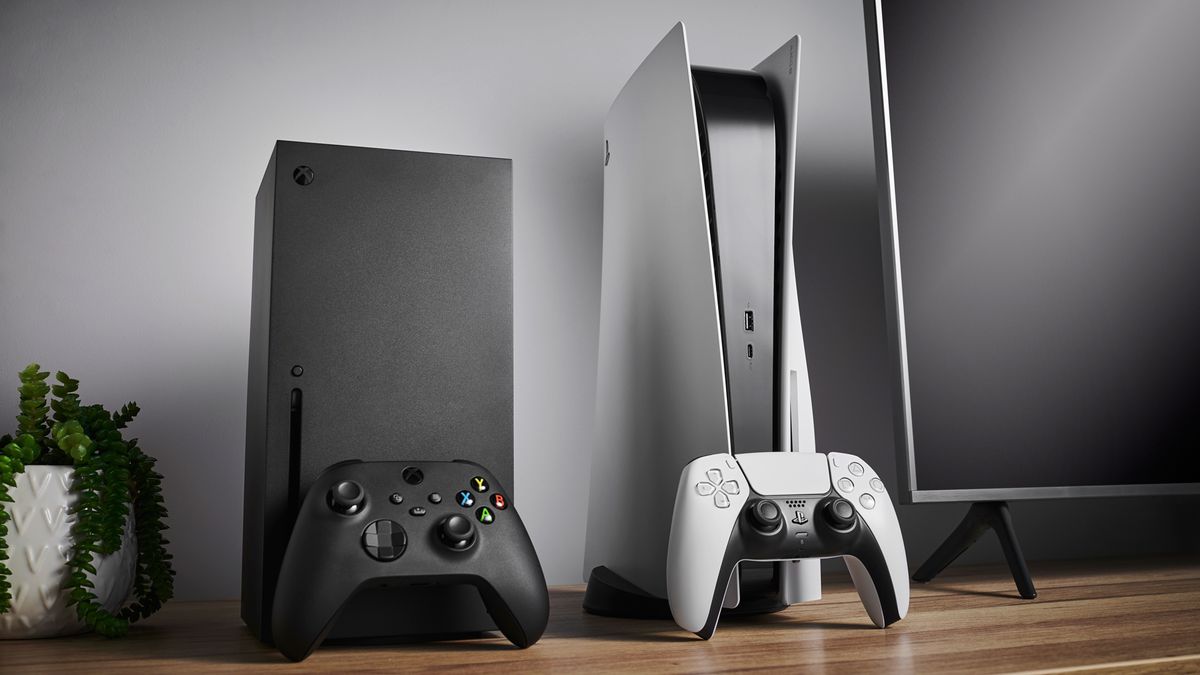
It's November 22, 1994, and long queues have formed outside the Laox Computer Game centre, one of Akihabara's major electronic stores. Nervous shop staff are parading the lines, trying to placate impatient customers. By 8am, there are 800 people queuing, and similar lines are forming throughout Tokyo. This is the launch of the Sega Saturn console, the much-hyped 32bit machine boasting a near-perfect conversion of smash hit arcade game Virtua Fighter. By the end of the day, 200,000 machines will be sold.
This is how game console launches used to work. A new generation of machines offering radical new technologies would arrive to utterly upstage and replace their predecessors. The key draw would be a handful of killer games, developed by first-party teams and designed specifically to showcase the new technical features. The aim was to make as much impact on that opening day as possible. The hype led to queues and the queues fed the hype. That's how launches worked.
Compare that to the arrival of the PS5 and Xbox Series X. Hardly any units are available in store on day one or even week one – it's all been through a haphazard pre-order system. Microsoft's machine has no exclusive new releases at all, while the PS5 is relying on Spider-Man: Miles Morales, a mid-sized spin-off and Demon's Souls, a remake of an 11-year-old game. The fact is, this has been the most protracted and complex console launch period of all time. Why?
A new era for console launches

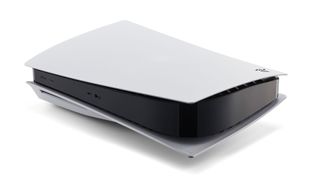
Failed to get a PlayStation 5 at launch? We're tracking the major retailers to help you find out where to buy a PS5, along with all of the best PS5 Black Friday deals.
Partly, of course, this is down to Covid-19. We're not going to see queues outside video game stores because, apart from very limited instances where customers have been able to pick up pre-ordered consoles, the shops are shut. The virus has also had a huge effect on game production – this is a hugely collaborative entertainment medium and with vast teams working from home, managing workflow is an epic undertaking. This has no doubt led to some significant delays.
But it's not just about the pandemic. The structure of selling consoles and games has radically changed in this generation. Both PlayStation and Microsoft have introduced subscription services, PlayStation Now and Xbox Game Pass, which give players access to lots of content whenever they want it – clearly inspired by the hugely successful Netflix model. This has meant that large numbers of players are now discovering titles in their own time and they're playing a wider selection, so there's less of a focus on providing a small selection of exclusive titles as soon as a console launches. On top of this, the subs model provides manufacturers with a new way to recoup the costs of releasing consoles (which are usually sold at a loss to keep the retail price down) so the system-selling "killer app" is no longer a must-have at launch.
This is especially true of Xbox. As a software company, Microsoft has realised that locking customers into long-term relationships with its products works better than asking them to buy something totally new every few years (see also the company's transition from annual Word and Excel releases to Microsoft Office 365). Convincing gamers to immediately go out and buy a new console isn't nearly as important as tempting them to become long term customers via Game Pass subscription: the company wants us to feel settled and secure, it doesn't want us to feel like we're being bullied into a new hardware purchase. Phil Spencer said as much in his blogpost on Xbox Wire where he wrote, "You won't be forced into the next generation."
The dawn of the "games as a service" model has also complicated things, with many hugely popular titles running indefinitely with regular seasonal updates, instead of annual retail releases. Microsoft and PlayStation understood that their new consoles would have to be compatible with current versions of Fortnite, Apex Legends, and Call of Duty: Warzone because these games have millions of players, and they're all about community, which means they need a massive unified player base to ensure that there are always lots of people to compete against: splitting the audience by providing exclusive new next-gen versions of the games would be a disaster. Hence, seamless intergenerational gameplay was a must for PS5 and Xbox Series X – and that's never been a thing before.
Sign up to the 12DOVE Newsletter
Weekly digests, tales from the communities you love, and more
Disruptive and effective
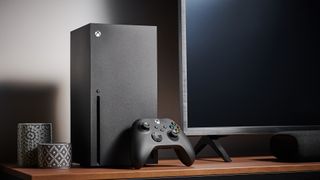
In a way, the arrival of Series X and PS5 has been much more like the high-end smartphone launch cycle, where the shiny new products don't immediately and completely replace their predecessors; they coexist for several years, allowing people to upgrade when they want to. Microsoft has doubled down on this smartphone-style approach through its simultaneous launch of the Xbox Series S, a lower powered version of the X at a cheaper price. It's the same approach Apple, Google, and Samsung take with their latest phone releases: a full-price prestige model and a cheaper, lower-spec option, designed to make it easier for people to get onboard.
It's not the first time a console manufacturer has divided its launch market with a ranged launch – the PS3 for example, launched two formats: one with a 20GB drive and the more expensive option with a 60GB drive and built in wi-fi, but the tech specifications were the same: the Series S has a less powerful processor and less system RAM. It's undoubtedly a gamble, but it's worth remembering that Microsoft is interested in long-term subscribers rather than console sales figures. This approach makes sense for Microsoft now, where it wouldn't have done in the era before broadband and cloud computing made subscriptions and streaming possible.
"The arrival of Series X and PS5 has been much more like the high-end smartphone launch cycle, where the shiny new products don't immediately and completely replace their predecessors"
Indeed, in the past, attempts to disrupt the usual console launch cycles and business models have usually failed. For years Sega attempted to extend the lifespan of the Mega Drive with add-ons and additions that alienated and fragmented its market; later the 3DO company released its eponymous console as a hardware standard, like VHS, and allowed consumer electronics firms to make their own versions – but this meant the machine was prohibitively expensive because those companies needed to make a profit on the consoles themselves.
It's a perfect storm of games industry business practices, technological advances, gamer behaviours and, of course, a gigantic global pandemic, which have led us to this curious new console generation. The enduring popularity of battle royale titles has made intergenerational and cross-platform connectivity a must while the success of subscription services has meant that betting everything on one or two killer launch titles is no longer important. It's not as exciting perhaps, but it means the Xbox One and PS4 should be around a little longer, and that the focus will be on quality games that last, rather than shallow tech showcases – and they'll still be there when you're ready to upgrade. The future of games is complicated, but at least we can ease into it.
Looking for more information on PlayStation and Microsoft's new consoles? You can read 12DOVE's PS5 review here and our Xbox Series X review here.
Keith Stuart is an experienced journalist and editor. While Keith's byline can often be found here at 12DOVE, where he writes about video games and the business that surrounds them, you'll most often find his words on how gaming intersects with technology and digital culture over at The Guardian. He's also the author of best-selling and critically acclaimed books, such as 'A Boy Made of Blocks', 'Days of Wonder', and 'The Frequency of Us'.


